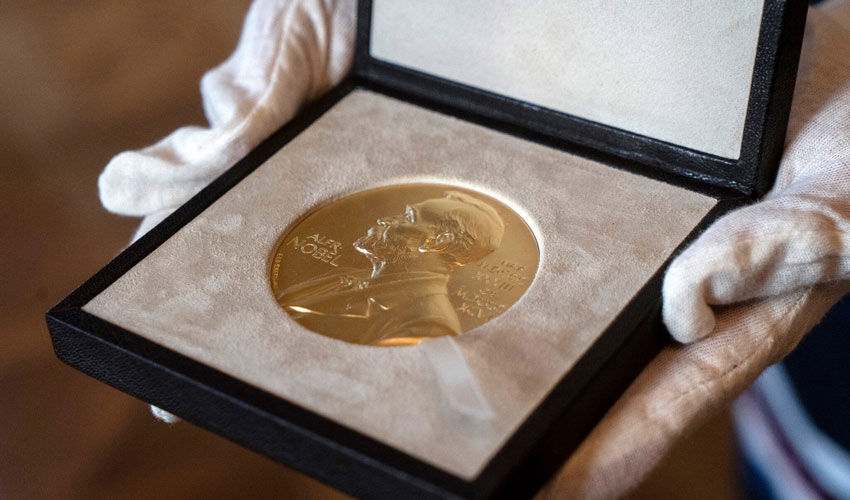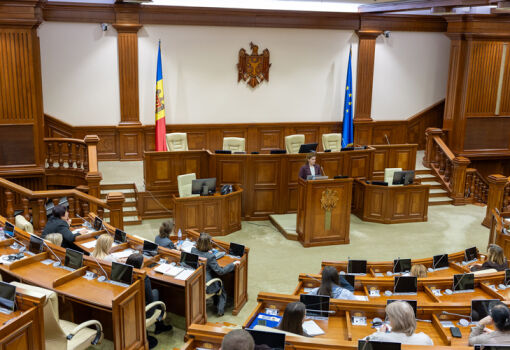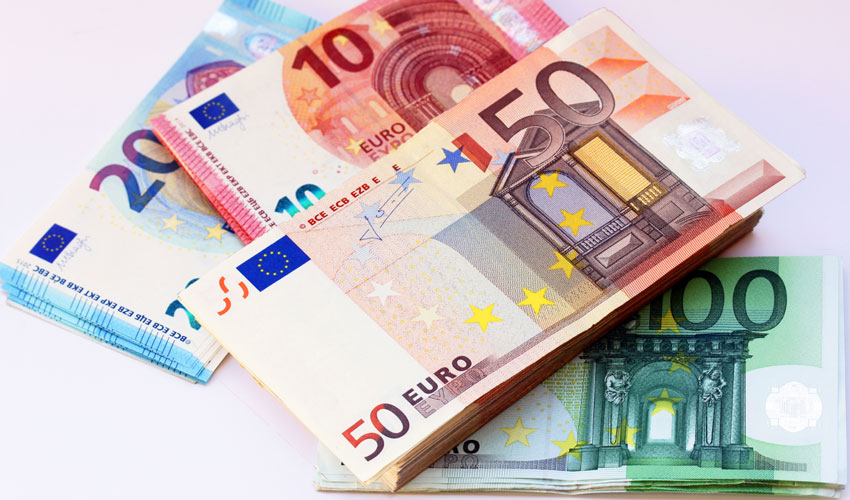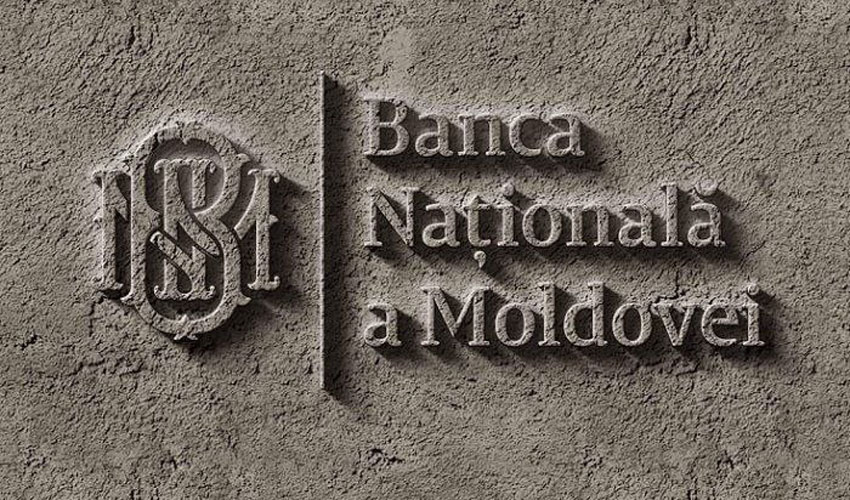
In order to develop, it is important for humanity to have a scientific explanation of the nature of things and new solutions through the destruction of the old world order. This is the main leitmotif of the progress of technology in the Anthropocene epoch according to the laureates, who have not trivialized the conditions of sustainable development.
Joel Mokir, an Israeli and American economic historian, Ph.D., professor at Northwestern and Tel Aviv Universities, was able to provide a deep and complete historical explanation of an important economic phenomenon of our time – sustainable growth. He shifted the focus from economic factors (capital, trade) to the role of ideas and knowledge. As a result, his work combined economic history, the history of technology and science to create a comprehensive picture of human economic growth.
Philippe Agyon and Peter Hovitt, French and Canadian economists, created a theory of economic growth through “creative destruction” that showed how even small innovations can change economies.
Unlike Mokyr, Agyon and Hovitt looked at modern developed economies. They noticed a paradox: firms constantly appear and disappear, new products displace old ones, jobs are created and destroyed. But the economy is still growing. Their work answered the question, “How does chaos at the firm level turn into smooth growth for the economy as a whole?”
They built a mathematical model that has become a staple for analyzing economic policy. It allows them to study how growth is affected by patent law, antitrust policy, subsidies, and worker protection.
Economists have shown that the relationship between competition and innovation is non-linear: too much competition can slow innovation. The emergence of innovative products, unconventional solutions, and new markets are all viewed through the prism of creation and destruction.
The contributions of all awardees present a complete picture of sustainable growth. Mokyr explained how humanity has been put on a path of sustainable growth through the union of science, technology and open society. Agyon and Hovitt explained how the “engine” of this growth works in modern economies – through a constant process of innovation and “creative destruction” at the micro level.













